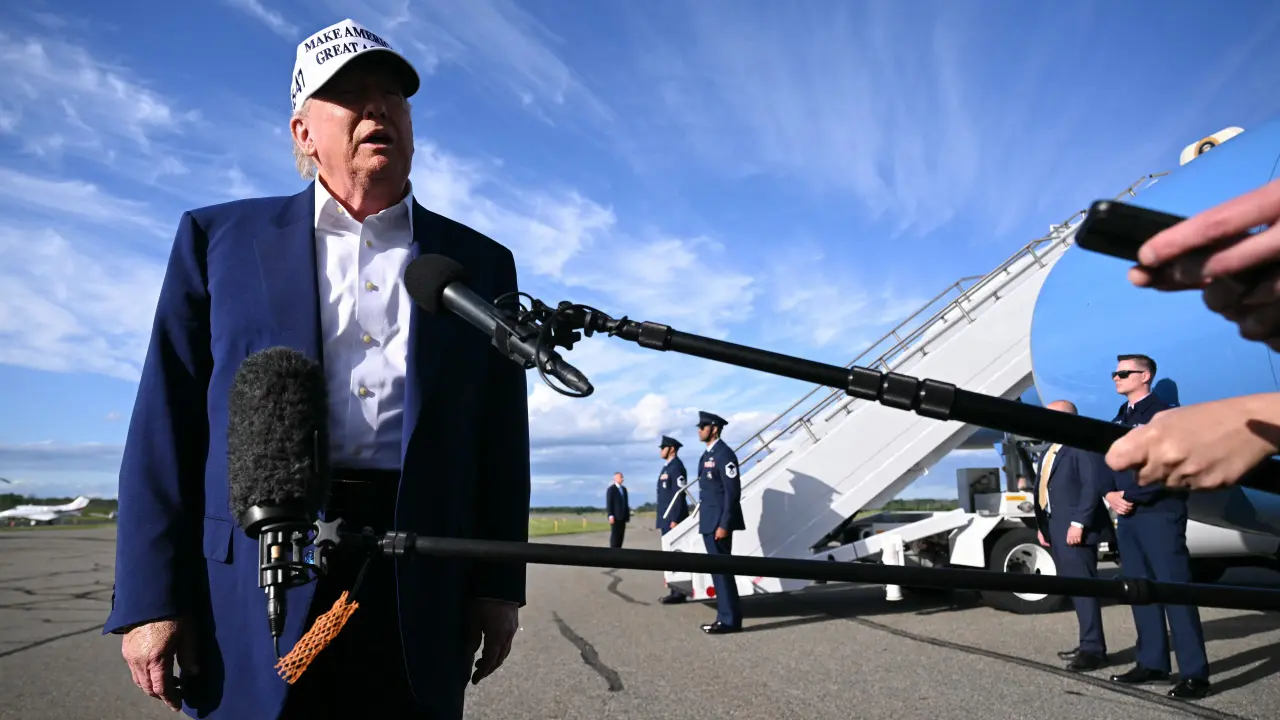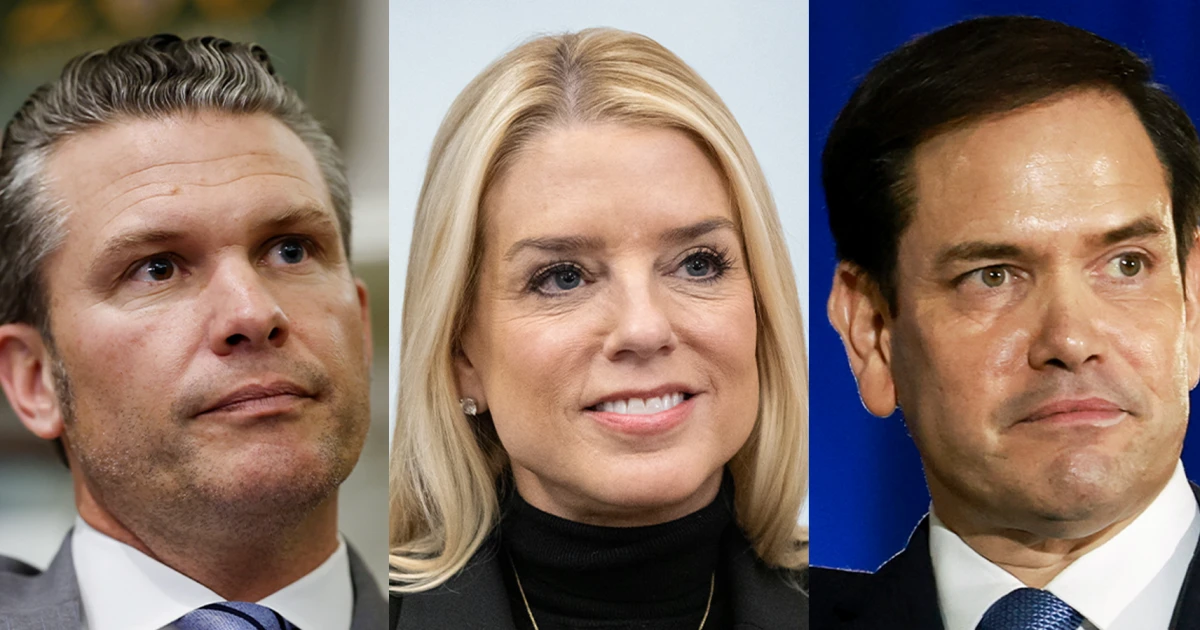The White House Correspondents’ Association (WHCA) is raising concerns over the Biden administration’s decision to exclude wire service reporters from recent trips on Air Force One, a move that critics say limits press access and transparency. The issue has sparked a broader debate about media access to the president and whether the current administration is upholding its promise of an open and accountable government.
The Controversy Over Press Pool Access
The role of the press pool—a small group of journalists who travel with the president to provide real-time coverage—has long been a cornerstone of White House transparency. Traditionally, this pool includes representatives from major wire services like the Associated Press (AP) and Reuters, ensuring that news reaches a wide audience quickly and accurately.
However, recent trips have seen wire reporters left behind, with only select outlets invited to join the president on Air Force One. This shift has drawn sharp criticism from media advocates, who argue that sidelining wire services undermines the public’s right to information.
In a statement, WHCA President Kelly O’Donnell (NBC News) expressed frustration, saying:
“The exclusion of wire reporters from Air Force One trips disrupts the long-standing tradition of ensuring broad, unbiased news coverage of the president’s travels. Wire services play a critical role in disseminating information to thousands of news organizations nationwide, and their absence creates a gap in transparency.”
Why Wire Services Matter
Wire reporters are essential because they serve as the backbone of national and international news distribution. Unlike niche or partisan outlets, wire services like AP and Reuters provide unfiltered, fact-based reporting to thousands of newspapers, TV stations, and digital platforms. Their presence on Air Force One ensures that even smaller news organizations—which can’t afford to send their own reporters—receive timely and accurate updates.
When wire reporters are excluded, the administration risks:
-
Reduced accountability – Fewer independent eyes on the president’s movements and statements.
-
Fragmented coverage – Only select outlets get direct access, potentially shaping narratives in favor of preferred media.
-
Delayed news dissemination – Local and international outlets rely on wire services for immediate updates.
White House Defends Its Decision
The White House has pushed back, arguing that space constraints and logistical challenges sometimes prevent them from accommodating every reporter. Officials also note that digital media and broadcast journalists are still included in the pool.
However, critics argue that if space is truly an issue, the administration should prioritize wire services over other outlets, given their unparalleled reach. Some journalists speculate that the exclusions may be politically motivated, particularly when the president is traveling for campaign-related events.
A Pattern of Restricted Access?
This isn’t the first time the Biden administration has faced scrutiny over press access. While President Biden initially promised a return to transparency after the Trump era—which was marked by frequent clashes with the media—reporters have noted increasing restrictions, including:
-
Fewer impromptu press conferences.
-
Limited access to certain events.
-
Delayed responses to Freedom of Information Act (FOIA) requests.
The WHCA has repeatedly urged the White House to uphold its commitment to an open press policy, but the recent Air Force One exclusions suggest a troubling trend.
Historical Context: Press Access Under Previous Presidents
Press access to Air Force One has fluctuated under different administrations:
-
Obama Administration: Generally maintained strong press pool access but faced criticism for limiting photographer access in favor of official White House photos.
-
Trump Administration: Frequently clashed with journalists, at times excluding critical outlets from briefings and trips.
-
Biden Administration: Initially restored traditional press access but has recently faced backlash for selective exclusions.
The WHCA has historically fought to protect press freedoms, and this latest dispute underscores the ongoing tension between the media and the presidency.
What’s Next?
The WHCA is expected to continue pressing the White House for clearer guidelines on Air Force One access. Meanwhile, media advocates warn that sidelining wire services could set a dangerous precedent, eroding the public’s ability to hold the administration accountable.
As the debate unfolds, one thing is clear: A free and independent press remains vital to democracy, and any efforts to limit access—intentional or not—deserve scrutiny.
Conclusion
The exclusion of wire reporters from Air Force One trips is more than a logistical issue—it’s a matter of transparency and public trust. While the White House cites practical constraints, journalists argue that wire services must remain a priority to ensure fair and widespread coverage. As the WHCA continues to advocate for press access, the administration faces a critical choice: Will it uphold its promise of openness, or will media restrictions become the new norm?
For now, the battle for press freedom on Air Force One continues, with journalists and transparency advocates watching closely.



